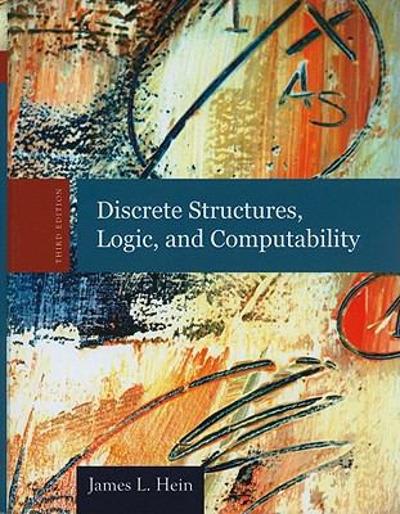Question
Data (A6DATA.csv) can be found here: https://www.dropbox.com/s/gxa0yf2j7mnp1x4/A6DATA.csv?dl=0 Please note the following: V1: variance of Wavelet Transformed image (continuous) V2: skewness of Wavelet Transformed image (continuous)
Data (A6DATA.csv) can be found here: https://www.dropbox.com/s/gxa0yf2j7mnp1x4/A6DATA.csv?dl=0
Please note the following:
V1: variance of Wavelet Transformed image (continuous)
V2: skewness of Wavelet Transformed image (continuous)
V3: kurtosis of Wavelet Transformed image (continuous)
V4: entropy of image (continuous)
V5: class (0-forged, 1-genuine)
PART 1:
Read the A6DATA.csv data file into RStudio. Run set.seed(222) for partitioning of the dataset into training (50%) and testing (50%). Report on the number of forged and genuine banknote-like specimens in the training and testing data.
PART 2:
Develop a logistic regression model using the training data. Provide final logistic regression model (with only significant variables), equation for calculating probability that specimen is genuine, confusion matrix for both training & testing data, misclassification error for both training & testing data, and comment on the performance of the model.
PART 3 :
Develop logistic regression models with 60%/40%, 70%/30%, and 80%/20% partitioning into training and testing data sets using set.seed(222). Summarize training and testing accuracy, sensitivity and specificity for each and compare with 50%/50% performance using the table below. Recommend and comment on the best model for future use.

Step by Step Solution
There are 3 Steps involved in it
Step: 1

Get Instant Access to Expert-Tailored Solutions
See step-by-step solutions with expert insights and AI powered tools for academic success
Step: 2

Step: 3

Ace Your Homework with AI
Get the answers you need in no time with our AI-driven, step-by-step assistance
Get Started


